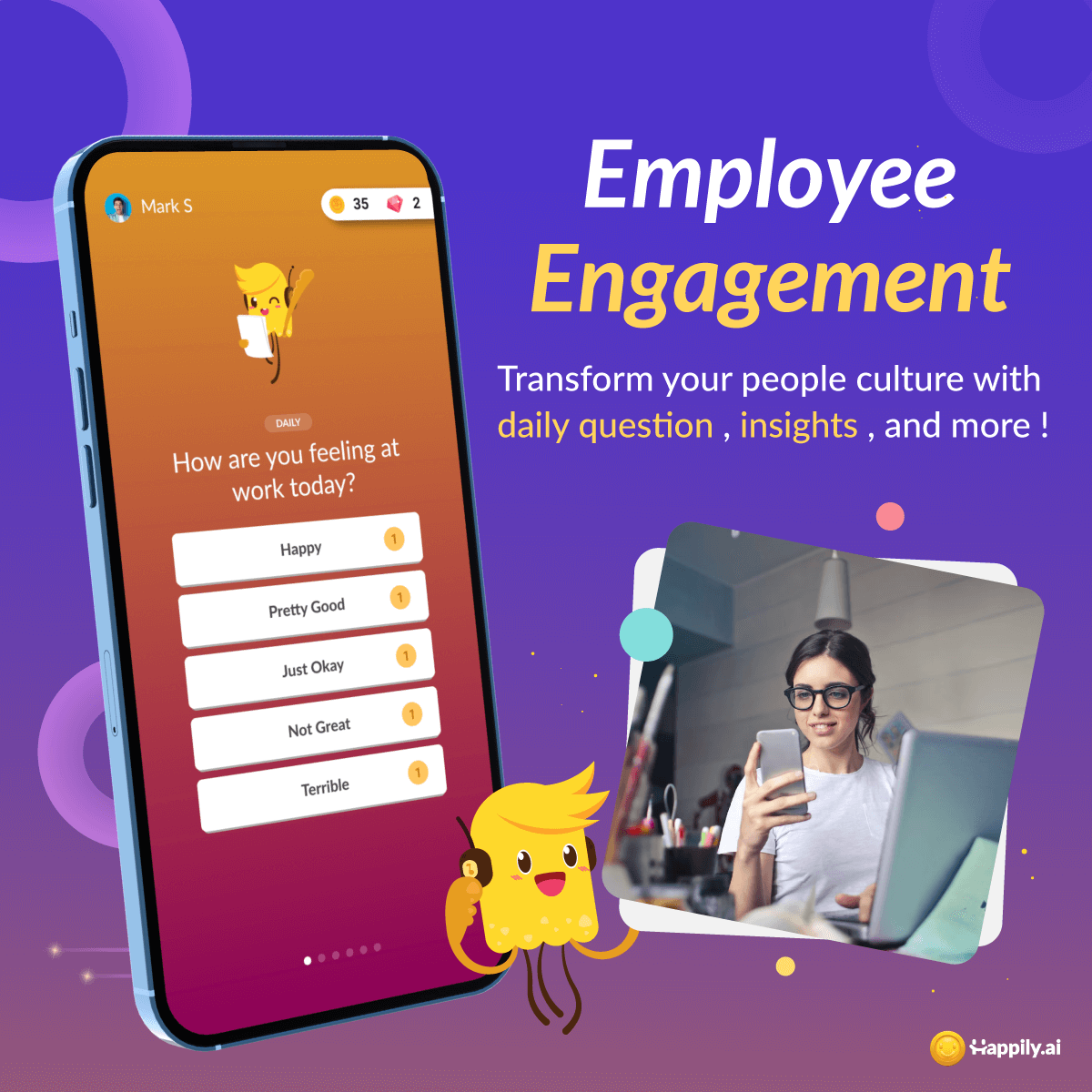Do you ever feel like your workplace could use a little more happiness? Well, you're not alone. Research shows that only 30% of employees in the US report being happy at work.
A happy workplace isn't a pipe dream. It's a reality that can be achieved by following some simple but effective practices. In this blog, we'll explore the key factors that contribute to a happy workplace and how you can apply them to create a positive and productive work environment.
A Happy Workplace is Not Always Happy
Contrary to popular belief, a happy workplace is not one where everyone is always smiling and cheerful. In fact, it's unrealistic to expect everyone to be happy all the time. But what makes a workplace happy is the ability of employees to quickly recover from unhappiness. When the workplace culture and environment are supportive, employees can go from unhappy to happy in no time.
Research has found that resilience plays a critical role in employee well-being and happiness in the workplace. Resilience is defined as the ability to bounce back from stress, adversity, and difficult situations. One study found that employees who reported higher levels of resilience had a better work-life balance, more positive relationships with their colleagues, and lower levels of stress and burnout. A workplace that fosters resilience enables employees to cope with challenges and maintain their well-being, even in the face of stress and adversity.
Meaningful Relationships are the Foundation of a Happy Workplace
Relationships are the cornerstone of a happy workplace. However, not just any relationships will do. Shallow relationships formed during company activities are not enough. It's the deep relationships built through trust-building conversations that form the foundation of a happy workplace. When employees feel connected to their colleagues and have open lines of communication, they are more likely to feel valued and supported.
So, how can you build meaningful relationships in the workplace? Here is a step-by-step guide:
- Encourage Open Communication: Encourage employees to have open and honest conversations with each other. This can be achieved through regular team meetings or one-on-one conversations between employees and their managers.
- Create Opportunities for Socialization: Organize social events and activities that allow employees to get to know each other outside of work. This could be a team-building activity, a company outing, or a casual after-work drink.
- Encourage Employee Feedback: Encourage employees to give and receive feedback. This helps to build trust and create a culture of openness and honesty.
- Lead by Example: As a leader, set the tone for the workplace culture. Lead by example, and encourage employees to follow your lead.
Company Culture and Values Play a Vital Role
Company culture and values play a critical role in determining the happiness and well-being of employees. When employees feel that their values align with those of the company, they are less likely to feel stressed or overwhelmed in difficult situations. A company's values should be clear and consistent, and employees should feel that they are a part of that culture.
So, how can you create a strong company culture and core values? Check out The Ultimate Guide to Organizational Culture & Core Values.
Nudge Theory: The Power of Positive Influence
Nudge theory is a behavioral science concept that can be applied in the workplace to improve employee happiness and well-being. The idea is to create a positive work environment that nudges employees towards positive behavior and attitudes. By designing nudges, you can create a workplace that promotes happiness, health, and well-being.
Some examples of nudges in the workplace include creating a positive physical environment with natural light, comfortable seating, and plants, encouraging healthy behaviors like taking breaks and exercise, and recognizing and rewarding positive behaviors.
The beauty of nudge theory is that it is simple and easy to implement. With a few small changes, you can create a workplace that promotes employee happiness and well-being. So why not give it a try and see the benefits for yourself?
Finally, it's important to note that a happy workplace leads to increased productivity and job satisfaction. When employees are happy and engaged, they are more likely to be productive and take pride in their work. A happy workplace also leads to lower turnover rates and increased employee loyalty.
In conclusion, creating a happy workplace requires a combination of meaningful relationships, aligned values, and a supportive culture. By applying nudge theory, you can create an environment that promotes happiness and well-being. The result is a more productive and engaged workforce, and a company that is poised for success.












